Photo Gallery for Neoscona crucifera - Spotted Orbweaver | 162 photos are available. Only the most recent 30 are shown.
|
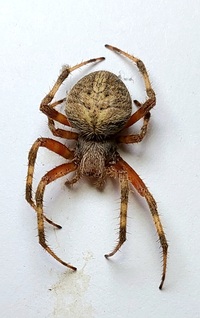 | Recorded by: Mark Basinger on 2025-10-18
Stanly Co.
Comment: | 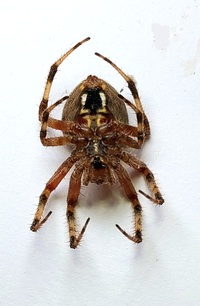 | Recorded by: Mark Basinger on 2025-10-18
Stanly Co.
Comment: |
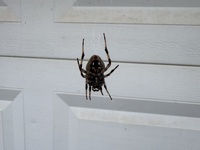 | Recorded by: Kim Hurley-Shoaf on 2025-10-15
Davidson Co.
Comment: |  | Recorded by: Kim Hurley-Shoaf on 2025-10-15
Davidson Co.
Comment: |
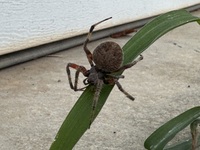 | Recorded by: Kim Hurley-Shoaf on 2025-10-15
Davidson Co.
Comment: | 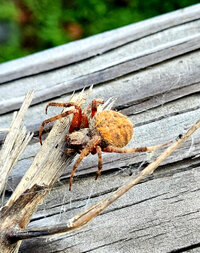 | Recorded by: Terrell Tucker on 2025-10-15
Moore Co.
Comment: |
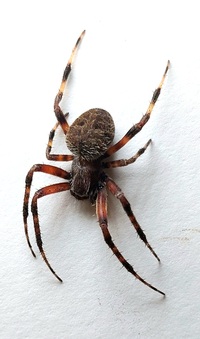 | Recorded by: Mark Basinger on 2025-10-05
Rowan Co.
Comment: | 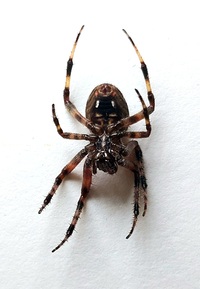 | Recorded by: Mark Basinger on 2025-10-05
Rowan Co.
Comment: |
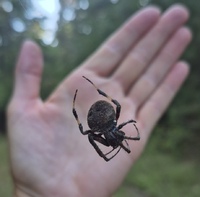 | Recorded by: K. Sanford on 2025-09-23
Bertie Co.
Comment: |  | Recorded by: Khaos on 2025-09-18
Transylvania Co.
Comment: |
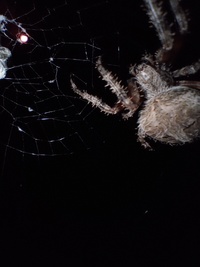 | Recorded by: Khaos on 2025-09-18
Transylvania Co.
Comment: | 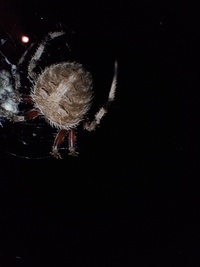 | Recorded by: Khaos on 2025-09-18
Transylvania Co.
Comment: |
 | Recorded by: Mark Basinger on 2025-09-12
Wilson Co.
Comment: |  | Recorded by: Mark Basinger on 2025-09-12
Wilson Co.
Comment: |
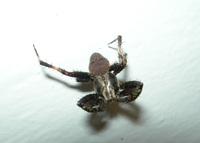 | Recorded by: R. Newman on 2025-08-25
Carteret Co.
Comment: |  | Recorded by: Terrell Tucker on 2025-08-25
Moore Co.
Comment: |
 | Recorded by: Brian Bockhahn on 2025-08-04
Wake Co.
Comment: |  | Recorded by: K. Hutson on 2025-08-01
Gaston Co.
Comment: |
 | Recorded by: R. Newman on 2025-07-27
Carteret Co.
Comment: |  | Recorded by: Mark Basinger on 2025-07-22
Brunswick Co.
Comment: |
 | Recorded by: Mark Basinger on 2025-07-22
Brunswick Co.
Comment: | 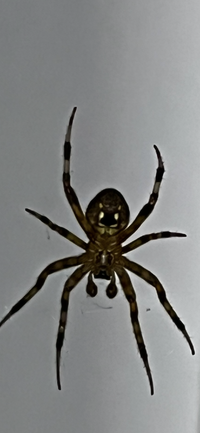 | Recorded by: Marilyn Westphal on 2025-07-20
Henderson Co.
Comment: |
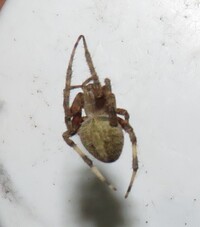 | Recorded by: Brian Bockhahn on 2025-07-16
Burke Co.
Comment: |  | Recorded by: Brian Bockhahn on 2025-06-27
Richmond Co.
Comment: |
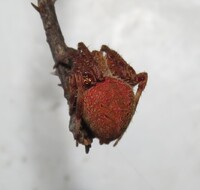 | Recorded by: Brian Bockhahn on 2025-06-26
Richmond Co.
Comment: | 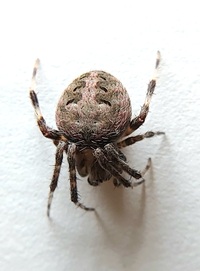 | Recorded by: Mark Basinger on 2025-06-14
Rowan Co.
Comment: |
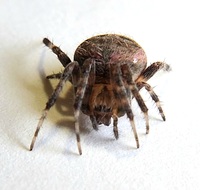 | Recorded by: Mark Basinger on 2025-06-14
Rowan Co.
Comment: | 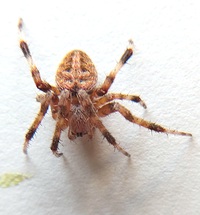 | Recorded by: Mark Basinger and Donald Zepp on 2025-06-11
Edgecombe Co.
Comment: |
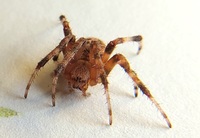 | Recorded by: Mark Basinger and Donald Zepp on 2025-06-11
Edgecombe Co.
Comment: |  | Recorded by: Brian Bockhahn on 2024-11-06
Richmond Co.
Comment: |
|
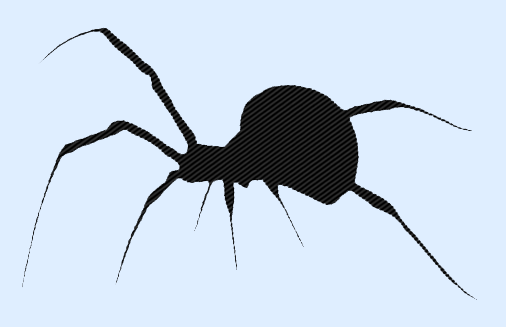
 »
»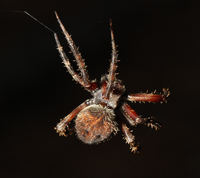
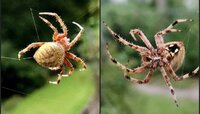

 »
»
